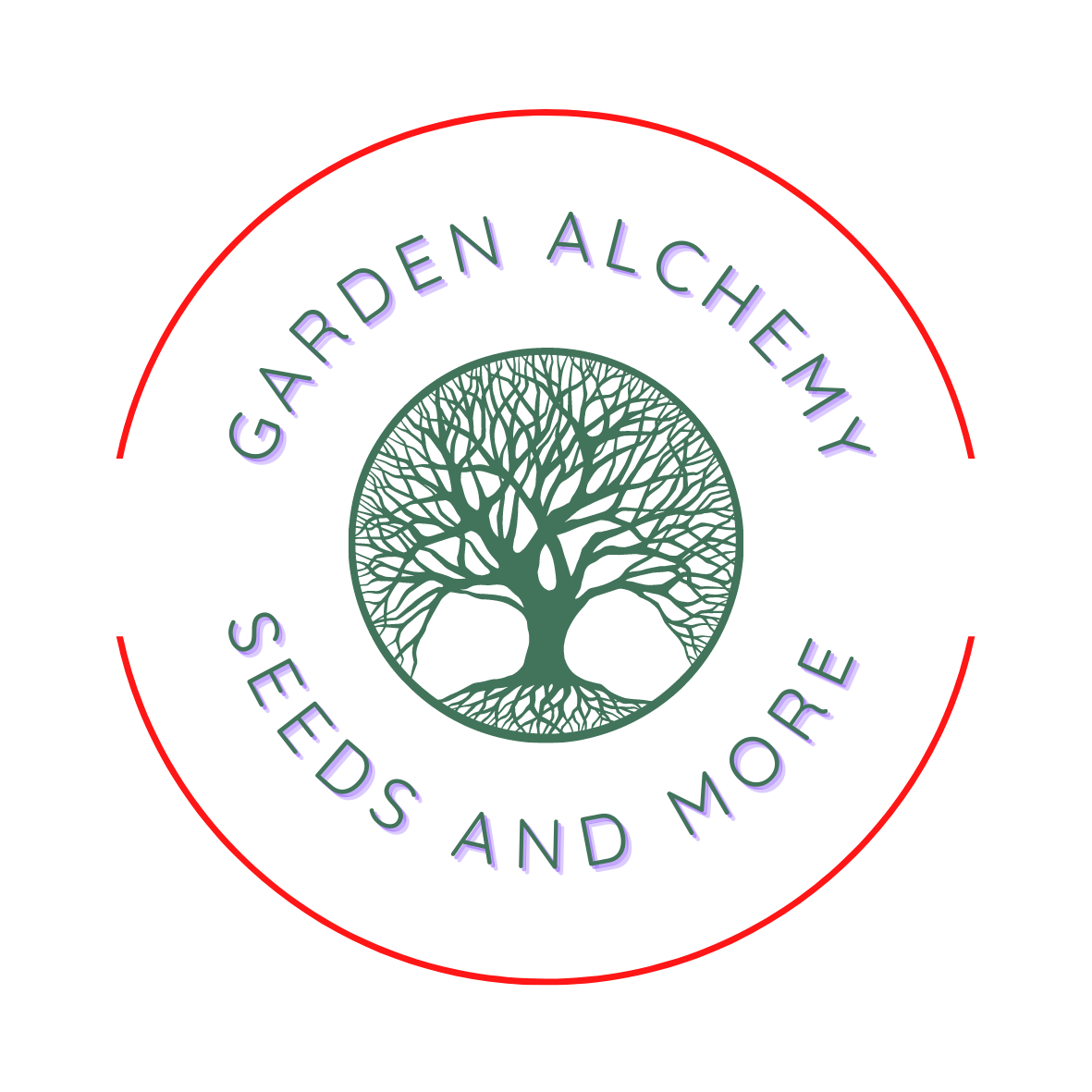
Our Approach is to spend quality time in your yard to get to know all the ins and out and nooks and Crannies. Observe, Listen, set a course to tidy and nurture the Garden
Growing Thyme- Benefits and Instructions
Benefits of Growing Thyme
-
Soil Retention- The roots have a deep, fibrous growth habit that is perfect for growing on erosion-prone slopes.
- Medicinal - Thyme is an antiviral herb and is especially helpful with the common cold, coughs and bronchial infections.
- Nutritional Profile - A good source of iron, phosphorus, magnesium and potassium.
-
Use in: Most savoury dishes especially braised meats and roasted vegetables. Also used extensively in teas and cocktails.

Growing Instructions
Culture:
Sun Exposure: Full sun.
Soil: Prefers sandy or loamy soil instead of moist soil, and can even thrive in rocky gravel.
Moisture: Once established, thyme does not require much watering or fertilizing. Water occasionally, allowing the soil to dry out completely before watering again.
Planting: Start seeds 8-10 weeks before the last frost. Transplant to individual containers when plants have 4 true leaves. After the last frost in spring, transplant outside.
Spacing: Plant 4 thyme plants per square foot of growing space using Square Foot Gardening Method. Plants can also be spaced in rows 12-18" apart.
Sow seeds: Sow seeds on top of the growing medium and cover with a thin layer of soil mix. Keep moist until germination.
Harvesting:
Harvest the leaves before the fragrant blossoms open in midsummer.
Storage/Preparation:
To keep thyme tasting fresh, roll it in a damp paper towel and place it in a resealable plastic bag and store in the refrigerator. Thyme is also hardy enough to withstand being stored in the freezer without any effect on taste or texture. Thyme is also on of the best herbs for drying as it retains much of its flavour.
Companions
Tomatoes, brassicas, potatoes, strawberries, eggplant.
